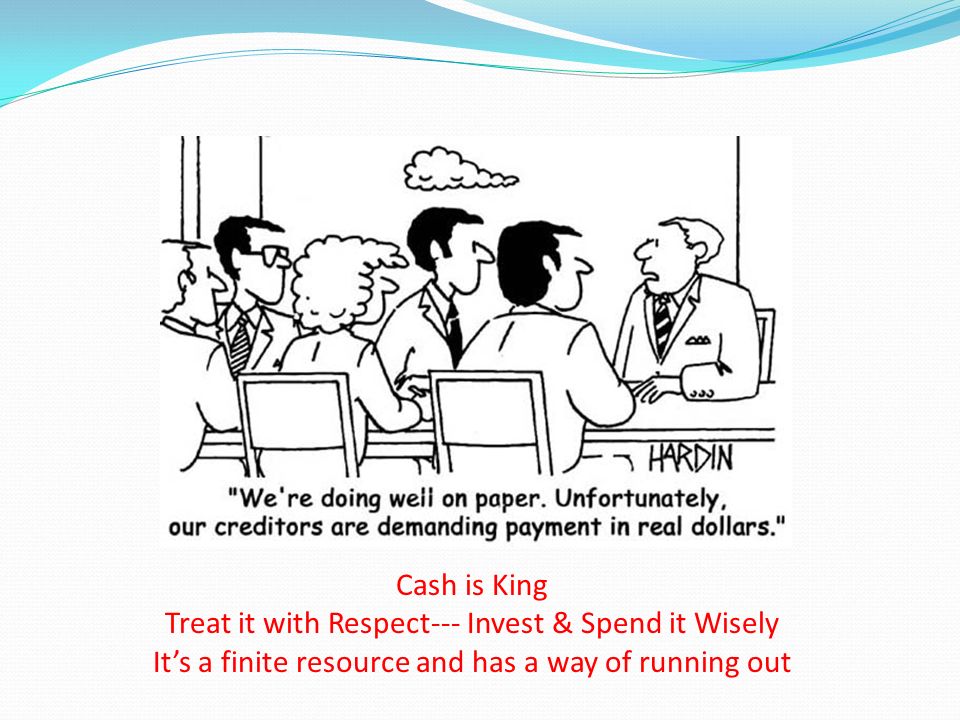The bloodline of any business is cash flow, it keeps operations running, suppliers, landlords and salaries paid. Cash flow is king is a common saying, however, many businesses have also collapsed under the weight of debt as they borrow working capital to keep their cash flow positive. Bootstrapping is an alternative you can use to avoid getting into debt or giving away equity to grow your enterprise. It involves using available resources independent of external financing and ploughing back profits to slowly grow your business.
When just starting out, attracting investors without having proven your concept i.e. launching and getting a few customers is a difficult affair. As many start-ups launch simple versions of their product or service and struggle to survive without gaining enough traction to secure investment. Circumstances will most likely force you to bootstrap as it is not unheard of, for businesses to go for years without making money. Nevertheless, bootstrapping does not mean a business will stay small forever, notable businesses like GoPro (maker of cameras used in extreme sports like mountain biking and surfing ) and software development platform GitHub, have bootstrapped their way to success. Here are some tips to help you bootstrap.

Reduce operating expenses
For any business, operating expenses like office rent and utility costs like power bills could easily take you under if left to get out of hand. However, with the spread of technologies like video calling, business communication apps like Slack, and cloud services like Google Docs or Office 365 (which enable people in different locations to collaborate on work through the internet), these costs can be significantly reduced. Consider running your business for the first few years without having a physical office, your operations will appreciate the eased financial burden. However, for those moments when you really have no choice but to meet a client in an office setting, there are options like the Bloom Centre in Nairobi where you can rent an office or a conference room at an hourly rate.
Six Practical Ways Of Reducing Business Operational Costs
Find partners to provide needed skills
Building a start-up requires you to combine different abilities and skills to get the desired result, however paying for those skills is expensive. A business will require website development, marketing etc. Skill-sets that you may need, not necessarily have the money to pay for, but can get from partners. A great example is Sir Richard Branson, the founder of the Virgin Group of companies.
With no prior musical experience whatsoever, Richard started Virgin Records in partnership with his cousin Simon Draper (a musical genius who was in charge of finding new talent), alongside Nik Powel, an older friend with great business management skills. Together, without hiring any experienced music executives they built Virgin Records into a musical giant that eventually sold for $ 1 billion, all from grit and combining talents.
Four Ways To Ensure Your Business Partnership Survives The Test Of Time

Negotiate with suppliers to manage inventory
Excessive inventory can tie up your cash flow and stop you from transacting in other important areas of the business. Therefore, negotiating a favourable supply schedule that will avail goods in time without inconveniencing you with excess stock.
A great example of this kind of struggle is that of Phil Knight, Founder of Nike Inc. Detailed in his memoir The Shoe Dog, Phil Knight started Nike by importing shoes from Japan and selling them in his hometown of Oregon, USA. However, even though his sales kept on doubling year on end, his business was constantly short on cash, as his supplier kept delaying shipments to him while still demanding early payments for orders. He eventually had to change his supplier and find a financier for his orders. Find an understanding supplier and work out a supply and payment schedule that won’t cripple your business.
Be Ready to Do-It-Yourself
Bootstrapping entrepreneurs have to be willing to wear many hats; from being able to quickly put together a simple website, to editing videos, social media marketing, manufacturing etc. This may require you to learn new skills or even enrol in short courses, a government institution like the National Industrial Training Institute (NITA) offers technical courses without costing an arm and a leg. The logic for this is that for every task you can do by yourself, the money you save can go to the core areas of your business.
Despite the gruelling work involved, bootstrapping is one of the best ways to start and grow a business. The challenges faced force entrepreneurs to innovate and can at times turn to a competitive advantage.
Getting business finances can be an uphill task. Are you looking for funding for your business? 5 questions to ask yourself
Also, check out
4 Key Financial Statements You Should Prepare For Your Business
6 Habits That New Business Owners Should Avoid
Entrepreneurship: Tips For Running A Business With A Friend
Business: 6 Entrepreneurial Lessons You Can Learn From KCB’s Lions Den
5 Things You Should Do Before Taking A Loan for Your Business

